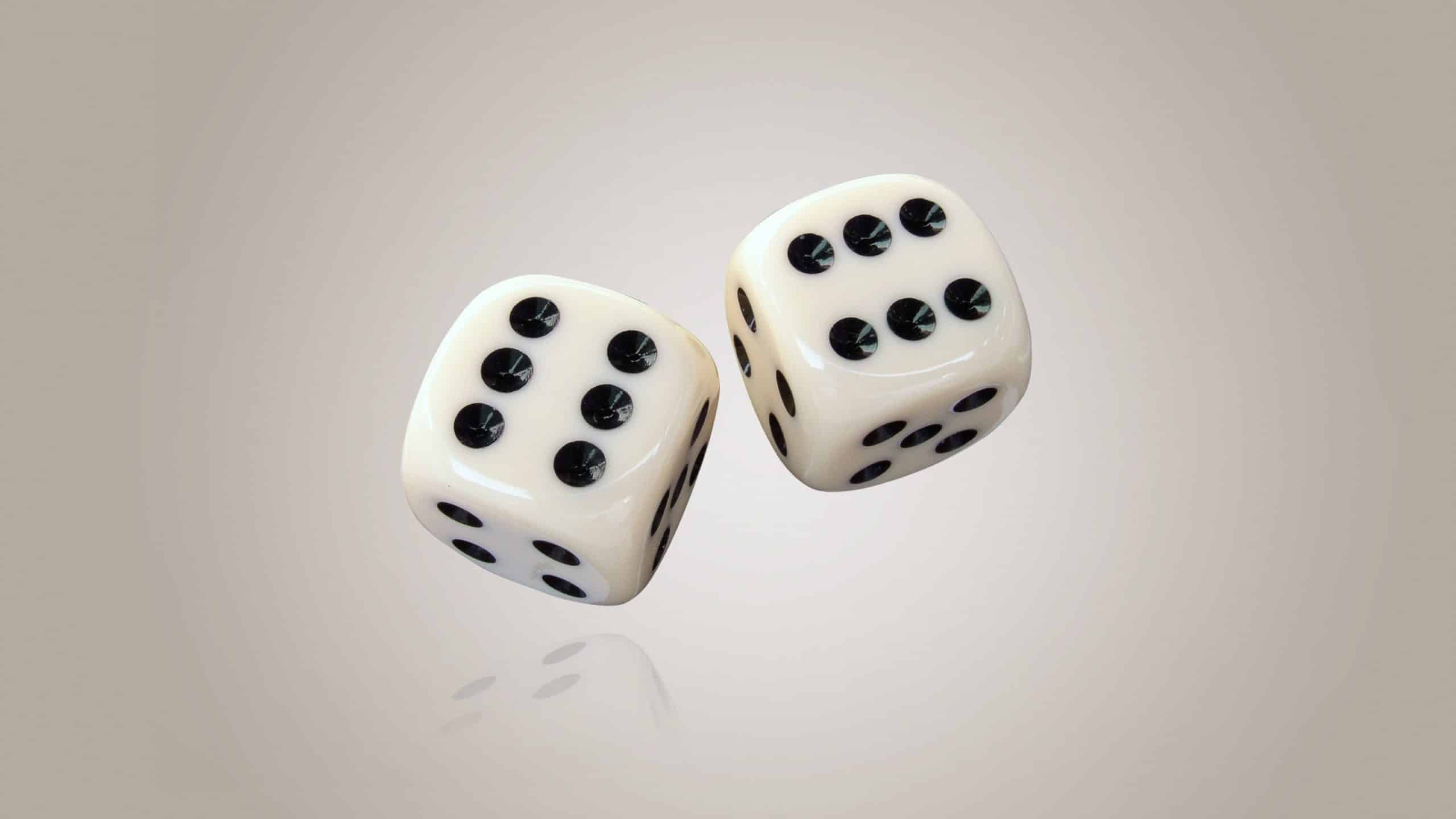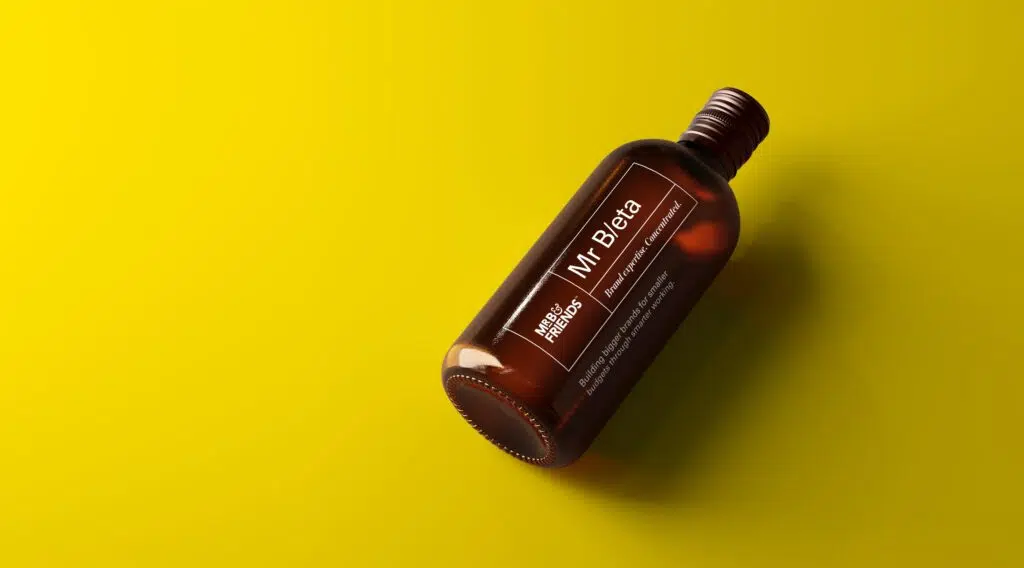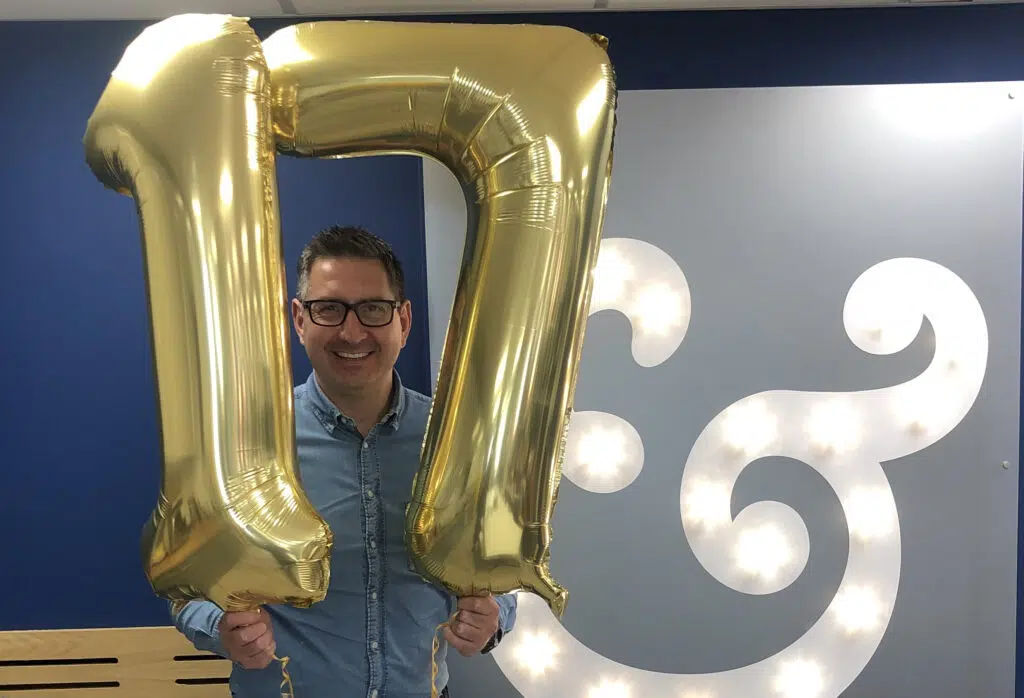It’s a time worn formula. You’re approved the strategy, the creative brief has been written. And what happens now is – apparently – where the magic happens. The creative team disappear into a hidden cave for three weeks and come back with their ‘tada!’ moment.
You know what happens next. There’s three routes (always three) – the safe route, the middle route which is met by a wall of silence and is never mentioned again, and the route the agency really want you to pick. They can already see the trophy cabinet.
But it’s not what you envisaged when you read the strategy. So what do you, as clients, do now? You make some positive noises, huddle back amongst yourselves and try to rescue the situation. You want to make things works, so you mash together the bits you like from each route (not the middle one, that was never going to fly and the agency knew it) and hope your feedback will solve the problem. We’ll get it right at the next stage, right? Because now we’ve seen where it could go, we can get to where it should go.
A time-work formula. Worn out more like. So why do agencies persist? Why do creative briefs stipulate three routes, regardless of the issue? Why do agencies block clients out of the most critical phase of a project, when strategy hands off to creative?
Three route out, a better process in
Standard creative process too often fails in its intent and we need to stop it. So we have. Through a visual and verbal planning phase we’ve introduced for all significant projects, we now bring clients into the belly of the creative beast. This is the missing link in standard processes, where strategy and creative come together to translate the thinking into words, pictures, colours – pulled from anywhere – and explore how the strategy could manifest. We design nothing at this point; instead, we invite the clients into the room (or zoom), prompt and poke, test thinking and direction; we don’t ‘sell’ any idea but rather explore ideas together.
Example visual planning board

Hitting gold, first time
When we leave that room, everyone is on the same page – the clients, the strategists, the creatives. We also have more than a written creative brief – we have a visual one, and we know exactly what our creative needs to achieve. And when we meet next, with our one or two routes (three if the third idea is just as strong), instead of a compromise, it’s a sweetshop of sound, strategically-backed, clear direction. And we’ll know every route is right.
Your budget is precious; it’s our responsibility to take the jeopardy out of the creative process. So let’s stop keeping clients out of the room. The work will be so much better for it.
If you’d like to know more about our creative process, feel free to drop me a line. And if you’d like to see where the above visual planning board ended up, take a look at the Accoya case study.






